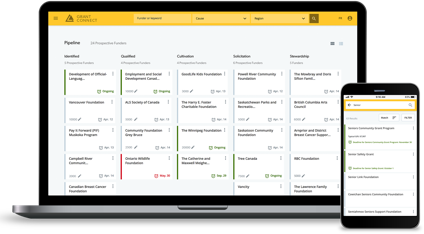Letter of intent, letter of inquiry, letter of interest…these are just a few of the many different terms you might encounter when you’re preparing your grant applications.
Often referred to as the ‘cover letter’ of the grantseeking world, LOIs present a difficult challenge: sell a funder on your project in a limited amount of space and time. The pre-screening process has its perks. Think of the time you’ll save by finding out your organization isn’t a great fit BEFORE you complete a full application! However, it can be daunting to realize your organization’s fundraising success rests on your ability to summarize and synthesize.
Here are 3 things to keep in mind when you’re writing a letter of intent:
Short and sweet
LOIs are used to help funders identify the strongest candidates before requesting full applications. In addition to saving the funder time and resources, this process should be doing the same for you. Don’t forget, this is meant to be a summary; your letter should be 1-3 pages (max!). Although it may be tempting to add additional information, it’s important that you resist the urge to include every little detail and focus on keeping it brief and succinct. Don’t give the funder a reason to throw out your LOI, stay within that strict word count and make it work!
Don’t forget the why
The best place to start when you’re keeping it short is to focus on the essential Ws: Who, What, When, and Where. But even more important – don’t forget to save space for the Why. Oftentimes we get bogged down in the details of the project and forget to highlight the reasons as to why our project is so important and most importantly, why the funder should get on board! Don’t shy away from communicating the change and difference you hope to bring with the completion of your project. At the end of the day, it’s all about impact.
Imitation is the sincerest form of flattery
If there’s anything a successful grant writer knows, it’s the importance of good research. Most funders provide a lot of public information about their mission and what they hope to accomplish through their giving in their communication vehicles, like annual reports and websites. Take advantage of the information that is available to you in the funder’s own language and use it to guide the hard-hitting points for your LOI. After all, the information is there to help you succeed!
Looking for more guidance? Explore the links below for some great tips on how to write a successful LOI and take a look at some examples too:




